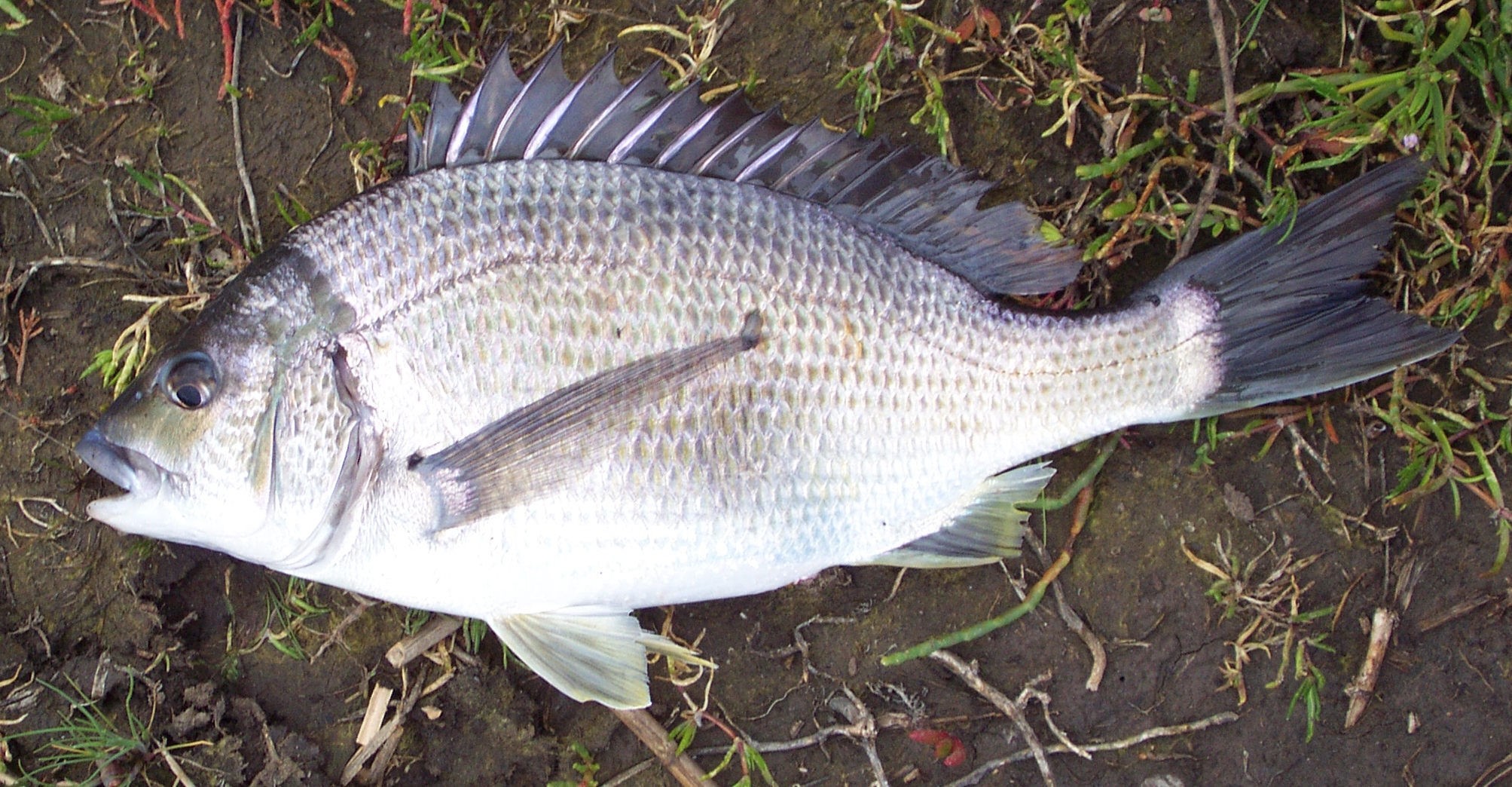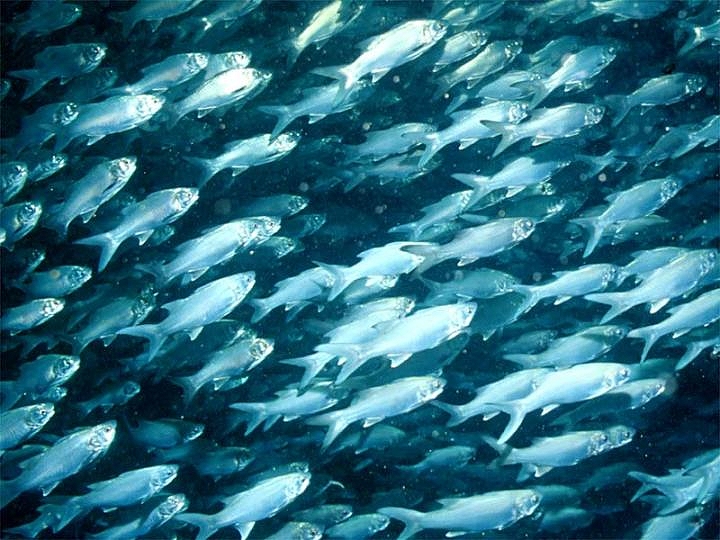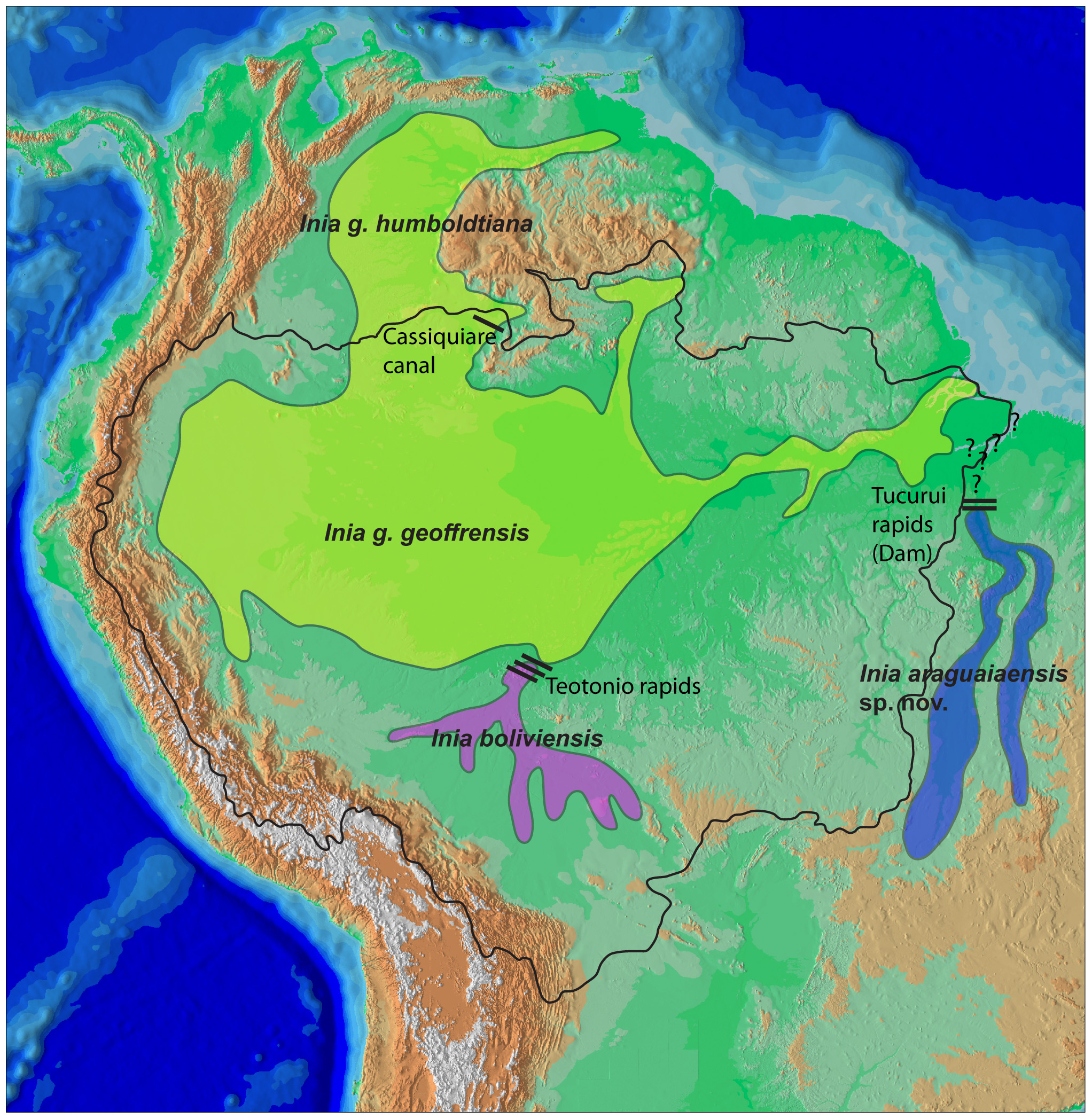|
Donnelly River (Western Australia)
The Donnelly River is a river in the South West of Western Australia. Its main tributaries are Barlee Brook and Carey Brook. The river runs primarily through state forest reserves, although 25 private landholdings are situated along the length of the river. Clearing of the catchment area is estimated at 20% with the land mostly being used for viticulture, horticulture, dairy, grazing and tourism. History The first European to sight the river was Lieutenant William Preston in 1831. The river was named by James Stirling, the Governor of Western Australia, in the 1830s after Admiral Sir Ross Donnelly, a friend of Stirling's father-in-law James Mangles MP. Bannister had stood in for Mangles at Stirling's wedding to Ellen Mangles. Fauna The Donnelly is one of the few catchments left in the state that contains all of the region's endemic freshwater fishes. Native freshwater species include salamanderfish (''Lepidogalaxias salamandroides''), freshwater cobbler (''Tandanus bo ... [...More Info...] [...Related Items...] OR: [Wikipedia] [Google] [Baidu] |
Western Galaxias
The western galaxias (''Galaxias occidentalis''), also called the western minnow, is a species of fish in the genus Galaxias of small, Southern Hemisphere freshwater fish of the family ''Galaxiidae''. It is endemic to southwestern Australia. Description The western galaxias is large compared with other galaxiids, commonly growing to around in length but can grow up to . It is a slender fish with a flattened head and snout and no scales. The single dorsal fin is set far back above the anal fin and has seven to ten soft rays while the anal fin has eleven to fourteen soft rays. Its dorsal surface and flanks are olive green with indistinct dark vertical bars and its belly is silvery-white. Distribution and habitat The western galaxias is found in many waterways in the South West region of Western Australia from north of Perth to as far east as Albany. It is found in clear water at the edge of pools in rivers, at the base of rapids or waterfalls, in ponds, in shallow parts of ... [...More Info...] [...Related Items...] OR: [Wikipedia] [Google] [Baidu] |
Eastern Mosquitofish
The eastern mosquitofish (''Gambusia holbrooki'') is a species of freshwater fish, closely related to the western mosquitofish, ''Gambusia affinis''. It is a member of the family Poeciliidae of order Cyprinodontiformes. The eastern mosquitofish is native to the eastern and southern United States from Florida to Pennsylvania and inland to Alabama and Tennessee, while the western mosquitofish has a larger distribution throughout the United States. Description The Eastern mosquitofish is a small, light-colored fish with semitransparent fins. The females usually have a black stripe near their eye area and light spots can be seen on the caudal and dorsal fins of both sexes. Due to its similar size, shape, and reproductive habits, it can easily be mistaken for a guppy. Generally, males reach and females . These fish are a livebearer species, and as such, the females are larger and more rounded than the males. Pregnant females are also easily recognizable by their gravid spot; a dar ... [...More Info...] [...Related Items...] OR: [Wikipedia] [Google] [Baidu] |
Australian Herring
The Australian herring (''Arripis georgianus''), also known as the ruff, tommy ruff, or Australian ruff, is one of four Australasian fish species within the genus '' Arripis''. It closely resembles its sister species, the Australian salmon, although it grows to a smaller size. Like the other members of its genus, it is found in cooler waters around the southern coast of Australia.* Dianne J. Bray, 2011, Australian Herring, Arripis georgianus, in Fishes of Australia, accessed 10 Sep 2014, http://www.fishesofaustralia.net.au/home/species/405 It is not biologically related to the herring family Clupeidae. In Australia, additional vernacular names used for this fish include bull herring, herring, rough, ruffies, sea herring, tommy, tommy rough and South Australian roughy. Ruff is the global fisheries name used by the Food and Agriculture Organization. Description The Australian herring has a streamlined, moderately deep and slightly elongate body which is somewhat compressed and h ... [...More Info...] [...Related Items...] OR: [Wikipedia] [Google] [Baidu] |
Yellow-eye Mullet
Yellow-eye mullet (''Aldrichetta forsteri''), also known as Coorong mullet (after the Coorong area of South Australia), conmuri, estuary mullet, Forster's mullet, freshwater mullet, pilch, pilchard, Victor Harbor mullet, yelloweye, yellow-eyed mullet known are small, near-shore fish found in temperate waters of southern Australia from just north of Sydney, New South Wales to Shark Bay in Western Australia, around Tasmania, and New Zealand. Text may have been copied from this source, which is available under Attribution 3.0 Australia (CC BY 3.0 AU)licence. Description Yellow-eye mullet are small, near-shore fish that usually reach 30–40 cm. Yellow-eyed Mullet fish is grey-green at the top, silver at the bottom, yellow at the bottom, bright yellow eyes. Although yellow-eye fish tastes good, they are most often used as bait fish. Yellow-eye mullet is considered to be the best bait for capturing larger species. Freshly caught mullet fillets, oozing blood and juice, are ... [...More Info...] [...Related Items...] OR: [Wikipedia] [Google] [Baidu] |
Flathead Mullet
The flathead grey mullet (''Mugil cephalus'') is an important food fish species in the mullet family Mugilidae. It is found in coastal tropical and subtropical waters worldwide. Its length is typically . It is known with numerous English names, including the flathead mullet, striped mullet (US, American Fisheries Society name), black mullet, bully mullet, common mullet, grey mullet, sea mullet and mullet, among others. The flathead grey mullet is a mainly diurnal coastal species that often enters estuaries and rivers. It usually schools over sand or mud bottoms, feeding on zooplankton. The adult fish normally feed on algae in fresh water. The species is euryhaline, meaning that the fish can acclimate to different levels of salinity.Minckley, W.L. 1973. Fishes of Arizona. Arizona Game and Fish Department, Phoenix. pp. 257-258. Description The back of the fish is olive-green, sides are silvery and shade to white towards the belly. The fish may have six to seven distinctive la ... [...More Info...] [...Related Items...] OR: [Wikipedia] [Google] [Baidu] |
Southern Black Bream
''Acanthopagrus butcheri'', the black bream but also commonly known as the southern black bream, southern bream and blue-nosed bream, is a species of marine and freshwater fish of the porgy family, Sparidae. It is a deep-bodied fish, occasionally confused with other similar species that occur within its range, but is generally distinguished from these species by a lack of yellow ventral and anal fins. Southern black bream are endemic to Australia, inhabiting the southern coast from Shark Bay in Western Australia to Ulladulla, New South Wales, as well as Tasmania. The species is primarily an inhabitant of estuaries and coastal lakes, rarely entering the ocean, as it cannot complete its life cycle in a fully marine environment. During the breeding season, the species is known to penetrate into the upper reaches of rivers to spawn, causing an influx of juveniles in the estuaries a few months later. Black bream are opportunistic predators, consuming a wide range of crustaceans ... [...More Info...] [...Related Items...] OR: [Wikipedia] [Google] [Baidu] |
Estuarine Fish
Coastal fish, also called inshore fish or neritic fish, inhabit the sea between the shoreline and the edge of the continental shelf. Since the continental shelf is usually less than deep, it follows that pelagic coastal fish are generally epipelagic fish, inhabiting the sunlit epipelagic zone.Moyle and Cech, 2004, page 585 Coastal fish can be contrasted with ''oceanic fish'' or ''offshore fish'', which inhabit the deep seas beyond the continental shelves. Coastal fish are the most abundant in the world. They can be found in tidal pools, fjords and estuaries, near sandy shores and rocky coastlines, around coral reefs and on or above the continental shelf. Coastal fish include forage fish and the predator fish that feed on them. Forage fish thrive in inshore waters where high productivity results from upwelling and shoreline run off of nutrients. Some are partial residents that spawn in streams, estuaries and bays, but most complete their life cycles in the zone.Moyle and Cec ... [...More Info...] [...Related Items...] OR: [Wikipedia] [Google] [Baidu] |
River Dolphin
River dolphins are a polyphyletic group of fully aquatic mammals that reside exclusively in freshwater or brackish water. They are an informal grouping of dolphins, which itself is a paraphyletic group within the infraorder Cetacea. Extant river dolphins are placed in two superfamilies, Platanistoidea and Inioidea. They comprise the families Platanistidae (the South Asian dolphins), the recently extinct Lipotidae (Yangtze river dolphin), Iniidae (the Amazonian dolphins) and Pontoporiidae. There are five extant species of river dolphins. River dolphins, alongside other cetaceans, belong to the clade Artiodactyla, with even-toed ungulates, and their closest living relatives the hippopotamuses, from which they diverged about 40 million years ago. Specific types of Dolphins can be pink. River dolphins are relatively small compared to other dolphins, having evolved to survive in warm, shallow water and strong river currents. They range in size from the long South Asian river do ... [...More Info...] [...Related Items...] OR: [Wikipedia] [Google] [Baidu] |
Pouched Lamprey
The pouched lamprey (''Geotria australis''), also known as the korokoro or wide-mouthed lamprey, is a species in the genus ''Geotria'', which is the only genus in the family Geotriidae. The second species in the genus is the Argentinian lamprey (''Geotria macrostoma''), which was revalidated as a separate species in 2020. The pouched lamprey is native to the southern hemisphere. It spends the early part of its life in fresh water, migrating to the sea as an adult, and returning to fresh water to spawn and die. Description ''G. australis'', like other lampreys, has a thin eel-like body, and grows up to long. It has two low dorsal fins on the back half. Like other lampreys, it has no jaws, only a sucker. The skin is a striking silver in adult lampreys caught fresh from the sea but soon changes to brown after they have been in fresh water for some time, due to deposition of biliverdin. Adult eyes are relatively small and located on the side of the head. When fully mature, males d ... [...More Info...] [...Related Items...] OR: [Wikipedia] [Google] [Baidu] |
Bostockia Porosa
The nightfish (''Bostockia porosa'') is a species of freshwater ray-finned fish, a temperate perch from the family Percichthyidae which is endemic to southwestern Australia. Taxonomy The nightfish was first formally described in 1873 by the French naturalist François-Louis Laporte, comte de Castelnau. The type locality was given as the Cygnes River in the interior of Western Australia. Castelnau also described the new monotypic genus ''Bostockia'' for this new species. The is genus is classified within the family Percichthyidae, the temperate perches. The genus name honours the Anglican minister Rev. George James Bostock (1833-1881), a collector of fish specimens for Castelnau in Western Australia, he collected the nightfish type. The specific name ''porosus'' means “holed” or “pored”, an allusion to the pores around the head. Description The nightfish has an oblong and compressed body with a large, oblique mouth which has a slightly protruding lower jaw and wh ... [...More Info...] [...Related Items...] OR: [Wikipedia] [Google] [Baidu] |
Nannatherina Balstoni
Balston's pygmy perch (''Nannatherina balstoni''), also known as Balston's perchlet, or king river perchlet, is a species of temperate perch endemic to Southwest Australia, where it occurs in coastal streams, ponds, lakes, and swamps. It prefers shallow, acidic waters with patches of sedge The Cyperaceae are a family of graminoid (grass-like), monocotyledonous flowering plants known as sedges. The family is large, with some 5,500 known species described in about 90 genera, the largest being the "true sedges" genus '' Carex'' ... growth. This species can reach SL, though most do not exceed . It can also be found in the aquarium trade. References Percichthyidae Taxonomy articles created by Polbot Fish described in 1906 Endemic fauna of Southwest Australia Monotypic fish genera {{Perciformes-stub ... [...More Info...] [...Related Items...] OR: [Wikipedia] [Google] [Baidu] |





%2C_Northland.jpg)